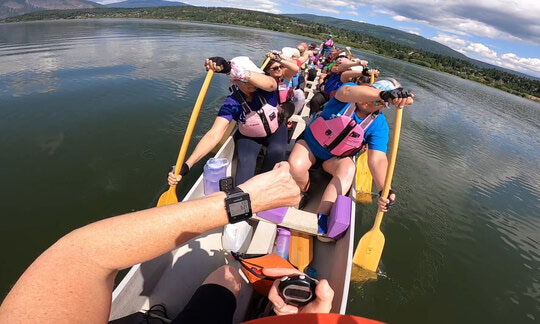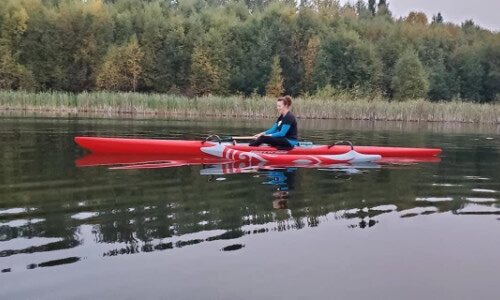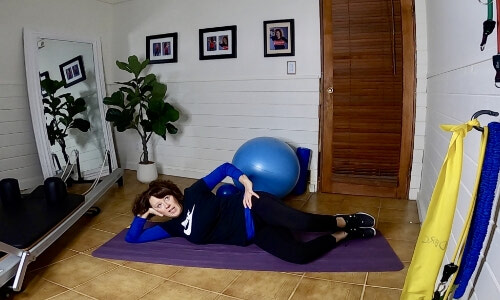How The Mental State Can Improve Paddling Technique
Form. It dictates our ability to connect with the water in a positive and efficient way that translates to stroke power. Our form is the way we move our body while paddling. It is habitual either by training or by default and therefore has become a pattern of moving that our body has become accustom to.
Often times when trying to make changes to a paddler’s form I am able to adjust the body and set up the alignment but the second they move it falls apart. This tells me that the body is capable of making the adjustment, but the brain is not and it is the mind that is keeping the body stuck.
Here are 2 common causes of restriction:
- Sometimes a paddling injury has created a pattern of movement the body has learned by default. These movements were a way of the brain protecting the body and this protection served a purpose. However these movements can also remain habitual long after the body has healed.
- Another pattern that becomes habitual and can cause restriction is inflexibility. We may experience tightness in an area and rely on other muscles to move to compensate. This pattern of movement is also a form of protection and becomes habitual. The yogis often say that the body is not stiff, but the mind is.
Both these movement patterns of restriction are real and valid. But if we have tried to change our stroke and aren’t seeing results it can be that a mental shift is needed to change our form.
I like to think of this mind shift much like going to physiotherapy when healing an injury. Physiotherapy requires we move our body in an intentional way allowing the rewiring of that pattern to become instinctual once again.
We can apply the same principles while developing new paddling skills. It’s sometimes beneficial to understand how this process happens in the mind and how new habits are formed to facilitate change.
The Conscious Mind
This is the awareness of using intentional focus during movement. Doing this consistently is training new pathways of communication through brain/body connection.
The Subconscious Mind
This part of your mind never questions what’s happening and therefore accepts the new pattern. The movement then becomes an automated response or habitual movement pattern.
When we can bring this focus to our training on a continual basis, we are developing new technical skills. But it’s important to remind ourselves that this is a process of development and growth which may feel:
- Uncomfortable
- Frustrating
- Awkward
- Stiffness and soreness
As we shift the mind the body begins to move in new ways. We are then able to implement new technical aspects of the stroke and generate more power!
Find the course or program
|







